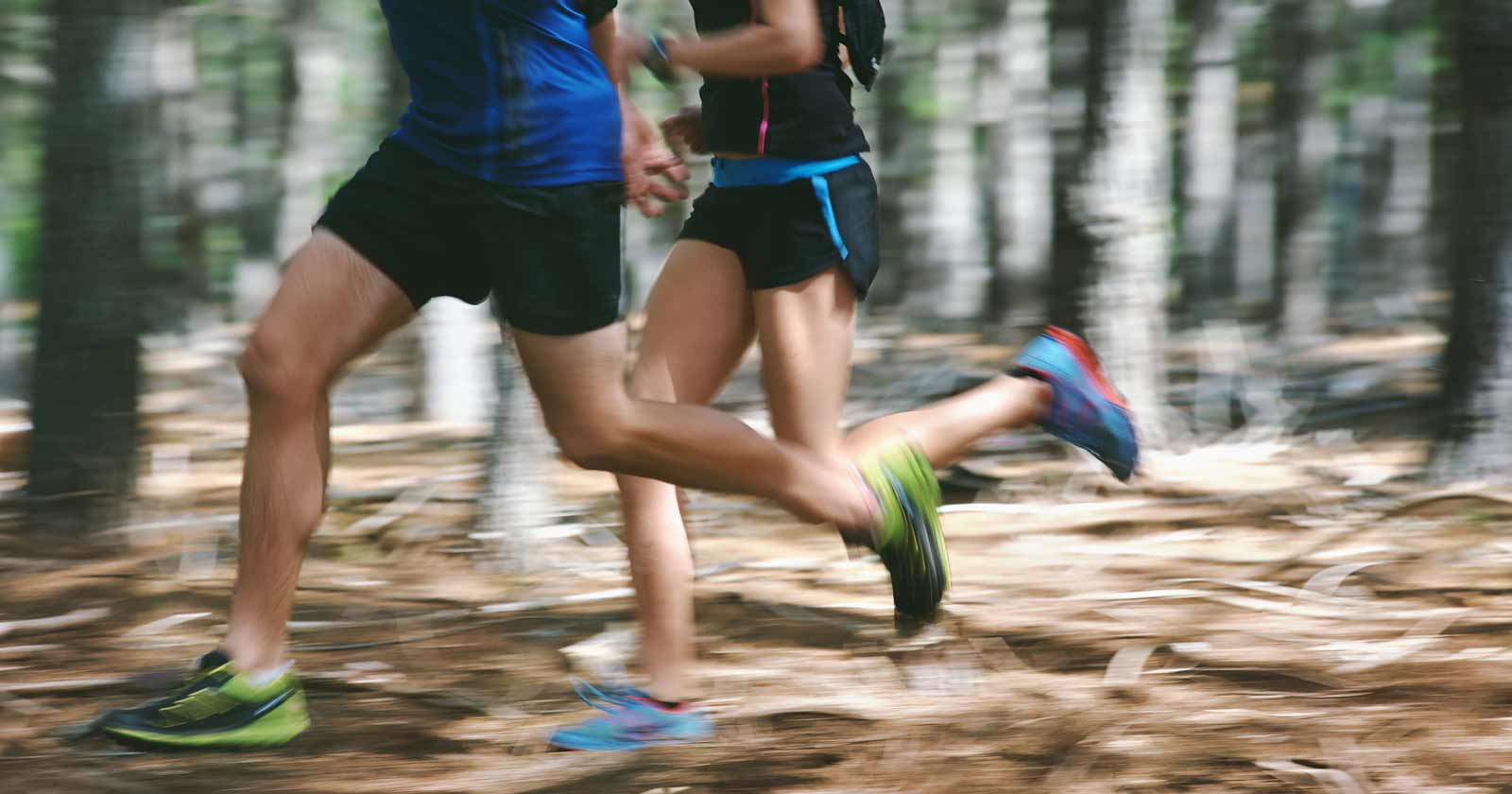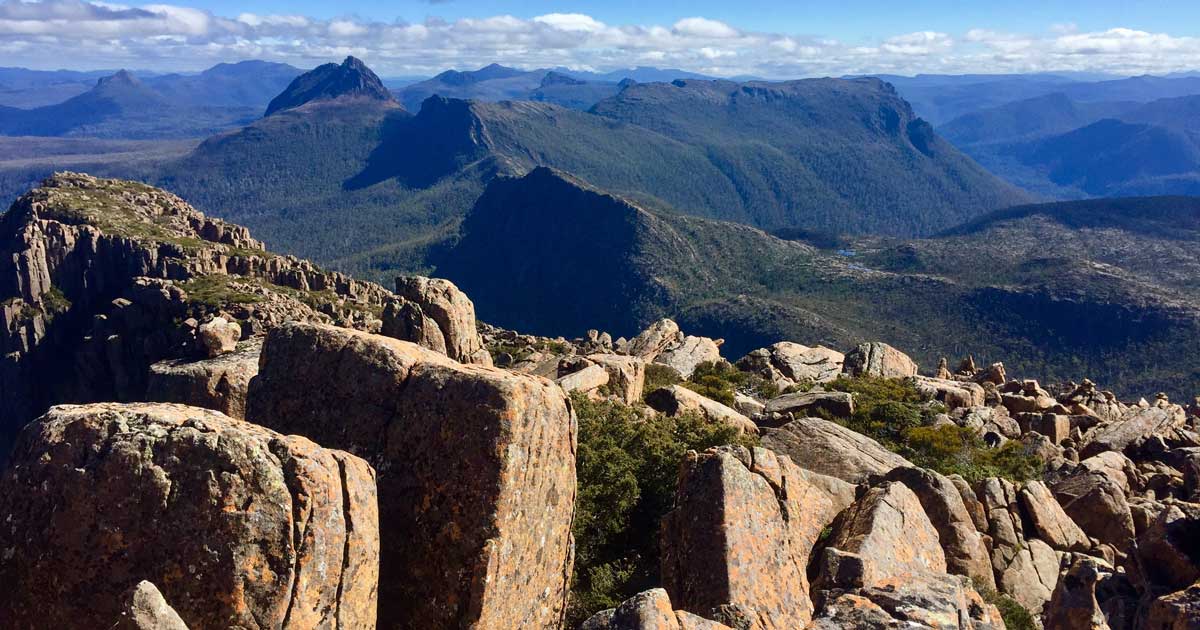Why the ‘Slow Hiking’ Movement Is About Enjoying the Journey
Lately, there’s been a lot of talk about a “slower hiking” movement. It’s caught my attention—and maybe even a bit of confusion—because at first glance, it feels like hiking has always been about moving at a pace that suits each of us. So, why the push for “slow hiking”? Are some people feeling pressured to hike faster, or maybe perform a certain way in nature? And do we really need yet another label?
It turns out there’s a lot more to this conversation than just walking speed. After chatting with a few of you and reading through some interesting comments, I realised that the way we talk about “pace” on the trail actually speaks to something deeper. It touches on how we connect with nature, handle group dynamics, and even navigate our own expectations. Let’s explore this a bit, because there’s more here than meets the eye.

What “Slow Hiking” Means to Different People
For many, slower hiking is about savouring the journey—taking in the scenery, snapping photos, listening to the birds, and just breathing in the fresh air without any rush. Some of you have said that slowing down lets you fully experience nature and allows for a much-needed mental break. It’s a way to disconnect from screens, schedules, and all the things that keep us perpetually “on.”
In a world where we’re always busy, slowing down can feel like a rebellious act. Some hikers find that embracing a slower pace helps them detach from the modern pressures of productivity and performance. It becomes less about how fast you can reach your destination and more about what you discover along the way, whether it’s a sweeping view, an unusual insect, or just a moment of calm.
But, interestingly, not everyone loves the idea of “slow hiking” as a movement. Some see it as just another social media trend or, as one person put it, part of the “everything has to be mindfulness” mindset. These hikers feel that pace is simply a personal choice—nothing more and nothing less. For them, it’s all about hiking in the way that feels most natural, without the need for any labels.

Why Some Prefer a Faster Pace
While some of us enjoy lingering along the trail, others prefer the challenge of a faster pace. A few hikers said they’re not sacrificing the beauty of nature just because they’re moving quicker—they’re simply drawn to the physical challenge. Going faster keeps them fit, helps them cover more ground, and satisfies their personal goals. It’s a different type of fulfilment, but it’s just as valid.
And let’s face it: sometimes a faster pace is necessary. Whether it’s beating nightfall, catching transport, or just reaching the day’s campsite, there are plenty of reasons to pick up the pace. One hiker shared a story about an intense experience hiking at night to reach a specific location, which underscored the importance of timing and safety. And, in unpredictable weather, sometimes going faster isn’t just a preference—it’s a practical decision.
So, maybe “slow hiking” and “fast hiking” aren’t opposites; they’re just different ways of making the most of the trail depending on the day, the terrain, and personal priorities.

Navigating Pace in a Group Setting
A few of you brought up a very valid point about group dynamics and how they affect hiking pace. Hiking in a group can be amazing, but when people have vastly different speeds, things can get tricky. If you’re in a group, it’s important to respect the collective pace. If some are miles ahead and others lag far behind, safety can become a real issue. As one commenter put it, if your group is strung out over a huge distance, a lot can go wrong, especially when night falls or the trail becomes difficult.
On group hikes, a bit of compromise is key. Some days, that might mean going slower to stay together, while on others, you might all pick up the pace to reach a specific point before dark. Hiking with others often involves balancing your own pace with the needs of the group, so it’s important to set realistic expectations and make sure everyone’s on the same page.
Dealing with the Pressure of Pace
A surprising theme in the comments was the social pressure some hikers feel around pace. Some hikers shared stories of being judged or even receiving snide remarks for hiking slowly. Others talked about how “fastest known times” or pushing through at high speed can feel celebrated, which sometimes puts pressure on those who prefer to take their time.
It seems that our culture’s fixation on speed and efficiency has found its way into outdoor activities, too. But hiking shouldn’t be about meeting someone else’s expectations or proving a point. Hiking, in its purest form, is about connecting with nature and finding your own flow.

“Hike Your Own Hike” – The Real Movement
The conversations around “slow hiking” have reminded me of an old saying in the hiking world: “Hike your own hike.” Ultimately, it doesn’t matter if you’re racing up a mountain or strolling leisurely down a path. Hiking is a personal experience, and your pace is simply one way of expressing it. If you love the thrill of covering ground quickly, go for it. If you prefer to stop and smell the flowers, that’s wonderful too.
Maybe, rather than being a part of a “slow hiking” or “fast hiking” movement, the most freeing approach is to “hike your own way“. Let your pace reflect what you need in that moment—whether it’s to challenge yourself, find some quiet, or share the journey with friends.
So, next time you hit the trail, take a moment to consider why you’re out there and what pace will make it most enjoyable for you. Whatever rhythm you choose, let it be your own. After all, the beauty of hiking is that it’s one of the few places where you can truly go at your own pace.






Sylvia Hookey Chris Wells
Slow and steady works for me!
Sylvia Hookey me too 🙂